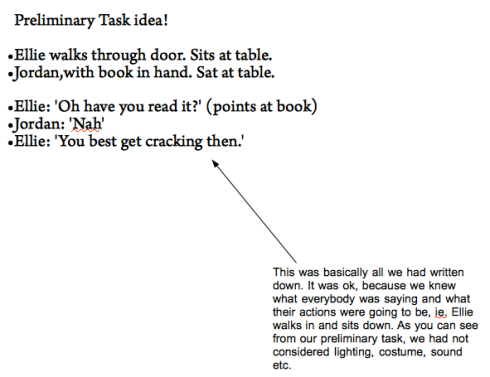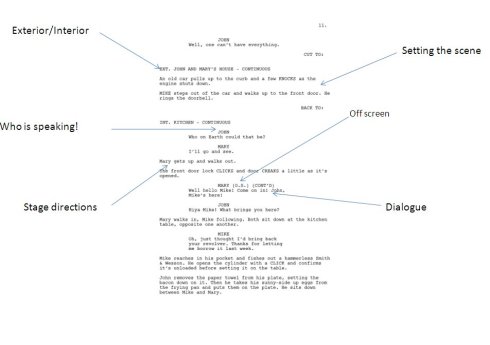From constructing this media product, I have learnt that the use of technologies have made the process of making a film much more doable and manageable, than first expected.
We used a digital camcorder to film our footage.
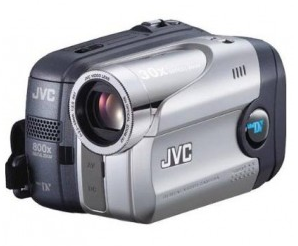
The advantages of this are that they are small, compact and lightweight, making it easy to transport and means that they can be used more or less anywhere! As i had not much experience using one, i found them easy to use, which saved time, by not having to learn loads about their operation. A disadvantage being, the lack of battery life, but this was easily overcome by not wasting battery by leaving it on, and ensuring it was fully charged.
We used a Video microphone to record the voice over for our film opening. This again was easy to use and made the audio clear and crisp. We could take this anywhere, so we could find a quite destination to record, I learnt that this piece of equipment would improve the quality of the audio massively.
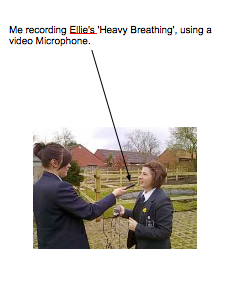
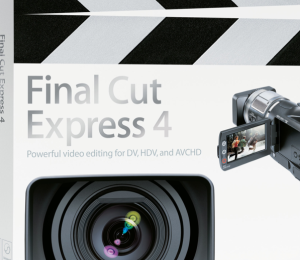
I think the area where i have learnt the most, was from editing and using final cut express, a programme i had never used before starting the course. To begin with i felt it was very much a trial and error way of working. We knew how we wanted the film opening to look it was just a case, of trying and experimenting with different things, and from doing this we discovered a wide range of effects we could use that we were unaware off. Which resulting in so some of our initial ideas changing.
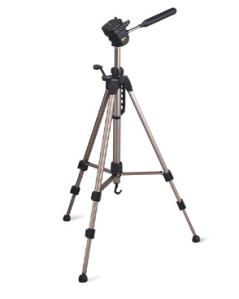
Tripods are essential! (unless you wnat the the hand-held effect for realist/documentarys) Its harder than you think to keep a shot steady. We wanted most of our shots to be filmed with a camera that was not moving, so that the option was there to make the use of movement an effective exception to the norm.

During the course i was introduced to live type, this was the programme we used to create our title.

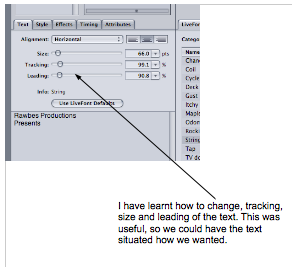
I raelly enjoyed learning how to use this programme, it made titles reletivly easy to create, and ment we could be creative… To an extent we weren’t limited with what we could do. We were able to create the style we wanted for our social realism genre.
 We played around with the different fonts, live fonts, textures and effects until we were happy with what we had acheived.
We played around with the different fonts, live fonts, textures and effects until we were happy with what we had acheived.
I also used these programmes whilst contructing my media product:
Garage Band – We didn’t use the sound, but we used this to play around with different sound effects and to see if we could create a melody to go over our opening.
WordPress – This was one of the newest programs I had to learn how to use, but once I got to grips with it I found it relatively straight forward. We use this program to do all of our blogging for our coursework.
Blip TV – I had to create a Blip TV account to upload the videos we had created and exported, so I could then have the code used to embed the video in order to put it on my blog.
MySpace – This was the website I used to find Andy Steele, the artist we used for our music, and I asked for his permission vis an email, to see if we could use one of his songs ‘sensible Living’.
Google – This was the main search engine I used if I needed any additional information or if I needed to research anything about social realism, camera shots, films etc. I also got alot of infomation about Shane Meadows from a media magazine, which i have enjoyed reading throughout the project.







